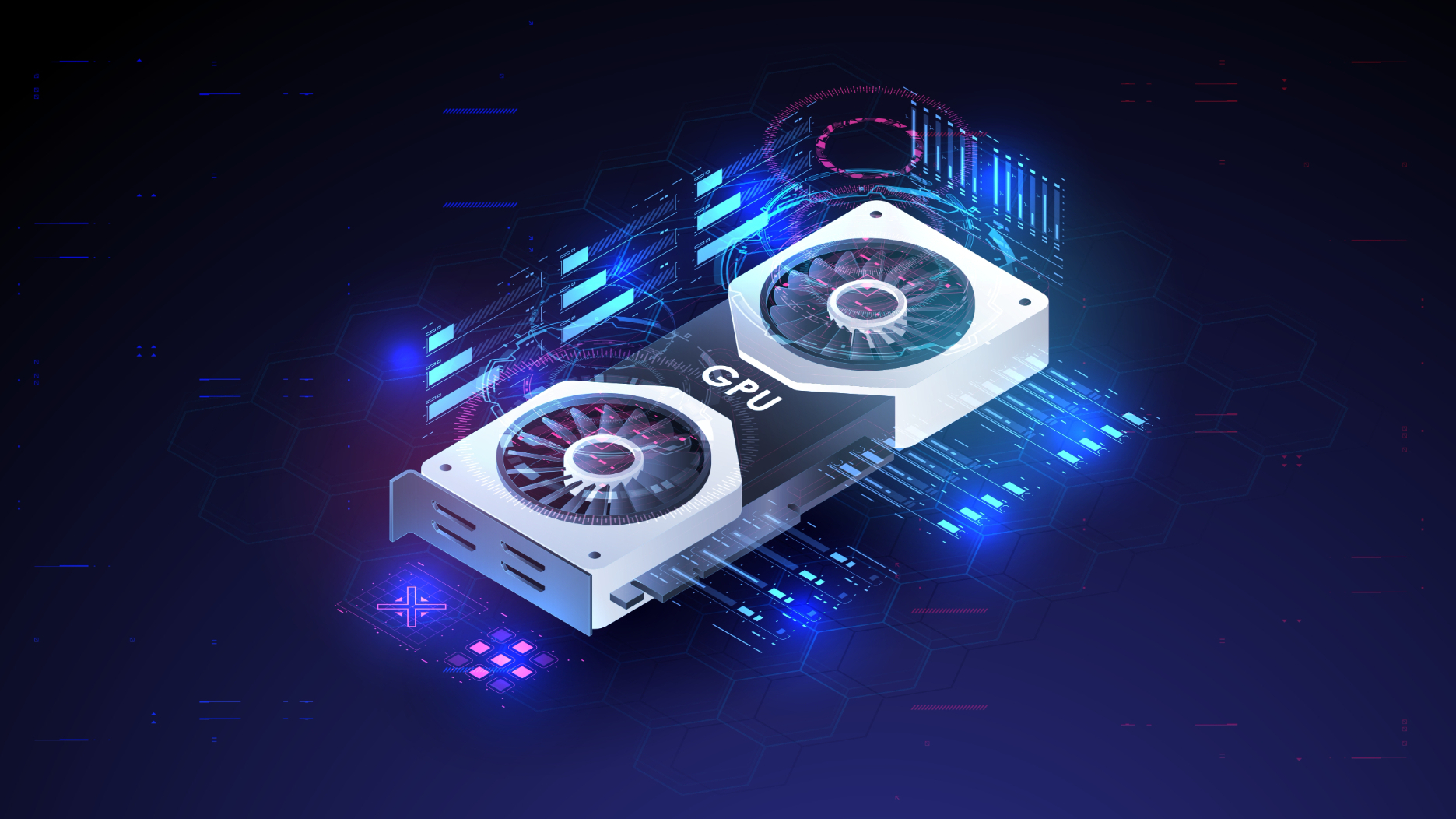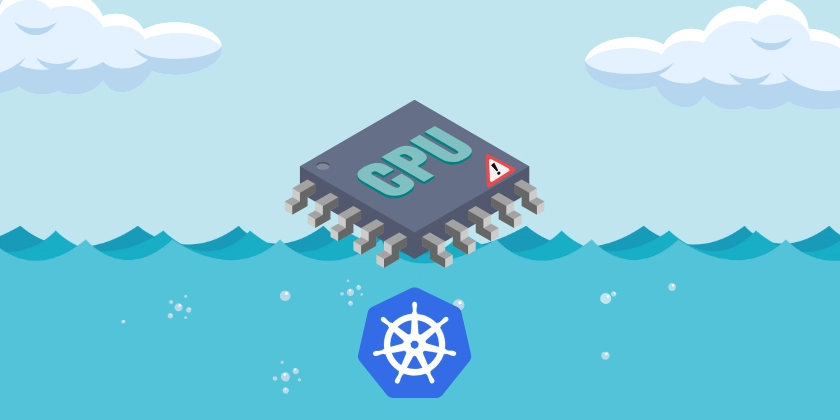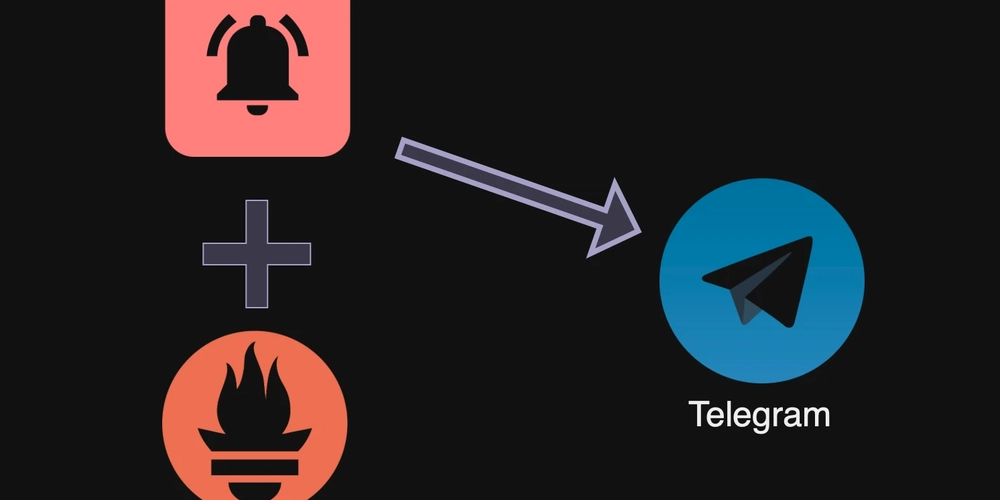Understanding the Differences: Frontend vs Backend vs Full-Stack Development
Hello, Dev Community! As we continue to evolve in the tech landscape, the terms "frontend," "backend," and "full-stack" are frequently thrown around. Whether you're a seasoned developer or just starting your journey, understanding these roles is crucial for navigating the world of web development. In this post, I’ll break down the differences, responsibilities, and skills associated with each role, and hopefully, help you decide which path might be right for you. What is Frontend Development? Frontend development refers to the part of web development that deals with the visual aspects of a website or application—the part that users interact with directly. Frontend developers are responsible for creating the layout, design, and interactivity of a site. Key Responsibilities: Building responsive and visually appealing user interfaces (UIs). Ensuring cross-browser compatibility. Optimizing performance for speed and efficiency. Implementing accessibility standards. Collaborating with designers to bring mockups to life. Common Technologies: HTML: The backbone of web content. CSS: For styling and layout. JavaScript: For interactivity and dynamic content. Frameworks/Libraries: React, Angular, Vue.js, etc. Skills to Develop: Strong understanding of design principles. Proficiency in frontend frameworks. Familiarity with version control (e.g., Git). Knowledge of responsive design techniques. What is Backend Development? Backend development focuses on the server-side of applications. It involves managing the database, server, and application logic that powers the frontend. Backend developers ensure that everything on the server-side runs smoothly and efficiently. Key Responsibilities: Building and maintaining server-side applications. Managing databases and data storage solutions. Implementing APIs for frontend-backend communication. Ensuring application security and data protection. Optimizing server performance and scalability. Common Technologies: Programming Languages: Node.js, Python, Ruby, Java, PHP, etc. Databases: MySQL, PostgreSQL, MongoDB, etc. Frameworks: Express.js, Django, Ruby on Rails, etc. Skills to Develop: Strong understanding of server-side logic. Proficiency in database management. Familiarity with RESTful APIs and web services. Knowledge of security best practices. What is Full-Stack Development? Full-stack development encompasses both frontend and backend development. Full-stack developers have the skills to work on both sides of an application, making them versatile and valuable in many development teams. Key Responsibilities: Designing and implementing the entire application stack. Bridging the gap between frontend and backend teams. Managing databases, server-side logic, and user interfaces. Troubleshooting and debugging across the stack. Common Technologies: A combination of frontend and backend technologies (e.g., React for frontend and Node.js for backend). Familiarity with both SQL and NoSQL databases. Skills to Develop: Proficiency in both frontend and backend languages. Understanding of the entire development lifecycle. Strong problem-solving skills and adaptability. Ability to work collaboratively across teams. Which Path Should You Choose? Choosing between frontend, backend, or full-stack development depends on your interests and career goals: Frontend: If you enjoy design, user experience, and creating visually appealing applications, frontend development might be for you. Backend: If you prefer working with data, server logic, and APIs, consider focusing on backend development. Full-Stack: If you want to be versatile and work on both sides of development, full-stack development offers a broad skill set and diverse job opportunities. Conclusion Each of these roles plays a vital part in the development process, and understanding their differences can help you make informed decisions about your career path. Whether you choose to specialize in frontend, backend, or become a full-stack developer, the most important thing is to keep learning and adapting to the ever-changing tech landscape. Feel free to share your thoughts, experiences, or questions in the comments below! What path are you considering, or what challenges have you faced in your development journey? Happy coding!

Hello, Dev Community!
As we continue to evolve in the tech landscape, the terms "frontend," "backend," and "full-stack" are frequently thrown around. Whether you're a seasoned developer or just starting your journey, understanding these roles is crucial for navigating the world of web development. In this post, I’ll break down the differences, responsibilities, and skills associated with each role, and hopefully, help you decide which path might be right for you.
What is Frontend Development?
Frontend development refers to the part of web development that deals with the visual aspects of a website or application—the part that users interact with directly. Frontend developers are responsible for creating the layout, design, and interactivity of a site.
Key Responsibilities:
Building responsive and visually appealing user interfaces (UIs).
Ensuring cross-browser compatibility.
Optimizing performance for speed and efficiency.
Implementing accessibility standards.
Collaborating with designers to bring mockups to life.
Common Technologies:
HTML: The backbone of web content.
CSS: For styling and layout.
JavaScript: For interactivity and dynamic content.
Frameworks/Libraries: React, Angular, Vue.js, etc.
Skills to Develop:
Strong understanding of design principles.
Proficiency in frontend frameworks.
Familiarity with version control (e.g., Git).
Knowledge of responsive design techniques.
What is Backend Development?
Backend development focuses on the server-side of applications. It involves managing the database, server, and application logic that powers the frontend. Backend developers ensure that everything on the server-side runs smoothly and efficiently.
Key Responsibilities:
Building and maintaining server-side applications.
Managing databases and data storage solutions.
Implementing APIs for frontend-backend communication.
Ensuring application security and data protection.
Optimizing server performance and scalability.
Common Technologies:
Programming Languages: Node.js, Python, Ruby, Java, PHP, etc.
Databases: MySQL, PostgreSQL, MongoDB, etc.
Frameworks: Express.js, Django, Ruby on Rails, etc.
Skills to Develop:
Strong understanding of server-side logic.
Proficiency in database management.
Familiarity with RESTful APIs and web services.
Knowledge of security best practices.
What is Full-Stack Development?
Full-stack development encompasses both frontend and backend development. Full-stack developers have the skills to work on both sides of an application, making them versatile and valuable in many development teams.
Key Responsibilities:
Designing and implementing the entire application stack.
Bridging the gap between frontend and backend teams.
Managing databases, server-side logic, and user interfaces.
Troubleshooting and debugging across the stack.
Common Technologies:
A combination of frontend and backend technologies (e.g., React for frontend and Node.js for backend).
Familiarity with both SQL and NoSQL databases.
Skills to Develop:
Proficiency in both frontend and backend languages.
Understanding of the entire development lifecycle.
Strong problem-solving skills and adaptability.
Ability to work collaboratively across teams.
Which Path Should You Choose?
Choosing between frontend, backend, or full-stack development depends on your interests and career goals:
Frontend: If you enjoy design, user experience, and creating visually appealing applications, frontend development might be for you.
Backend: If you prefer working with data, server logic, and APIs, consider focusing on backend development.
Full-Stack: If you want to be versatile and work on both sides of development, full-stack development offers a broad skill set and diverse job opportunities.
Conclusion
Each of these roles plays a vital part in the development process, and understanding their differences can help you make informed decisions about your career path. Whether you choose to specialize in frontend, backend, or become a full-stack developer, the most important thing is to keep learning and adapting to the ever-changing tech landscape.
Feel free to share your thoughts, experiences, or questions in the comments below! What path are you considering, or what challenges have you faced in your development journey?
Happy coding!








































































































































































![[The AI Show Episode 143]: ChatGPT Revenue Surge, New AGI Timelines, Amazon’s AI Agent, Claude for Education, Model Context Protocol & LLMs Pass the Turing Test](https://www.marketingaiinstitute.com/hubfs/ep%20143%20cover.png)


















































































































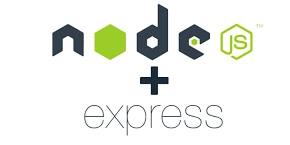
















![From drop-out to software architect with Jason Lengstorf [Podcast #167]](https://cdn.hashnode.com/res/hashnode/image/upload/v1743796461357/f3d19cd7-e6f5-4d7c-8bfc-eb974bc8da68.png?#)
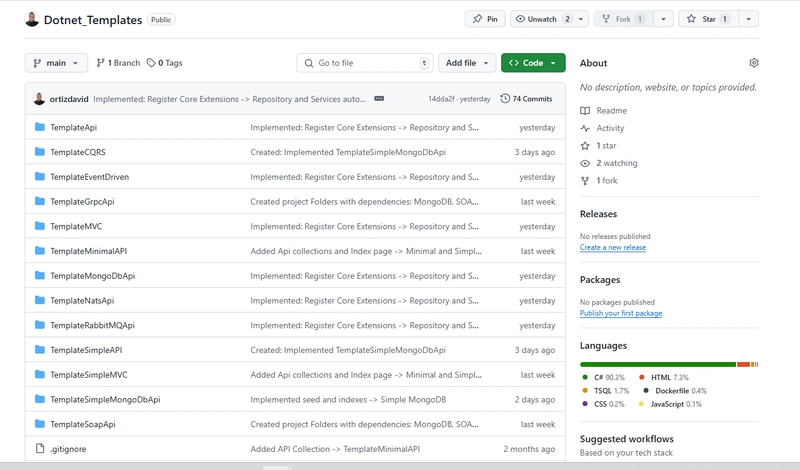









































































































.jpg?#)
















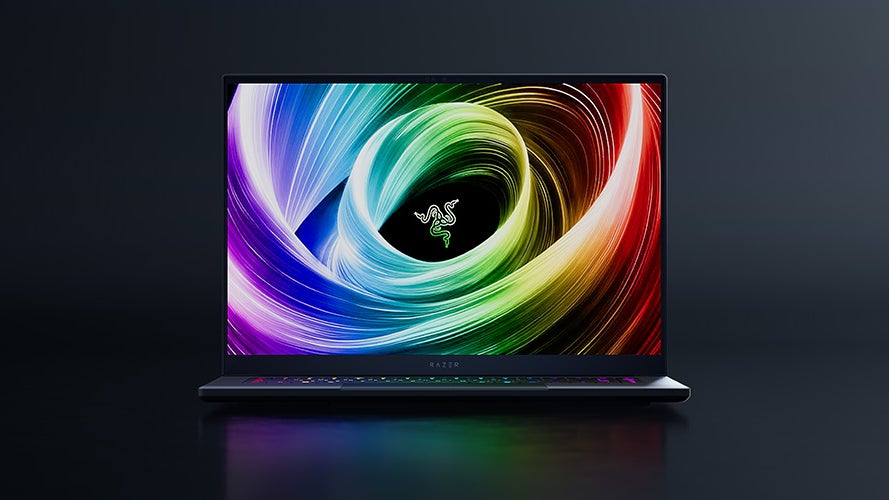











_ArtemisDiana_Alamy.jpg?#)













































































-xl.jpg)












![Yes, the Gemini icon is now bigger and brighter on Android [U]](https://i0.wp.com/9to5google.com/wp-content/uploads/sites/4/2025/02/Gemini-on-Galaxy-S25.jpg?resize=1200%2C628&quality=82&strip=all&ssl=1)











![Apple Rushes Five Planes of iPhones to US Ahead of New Tariffs [Report]](https://www.iclarified.com/images/news/96967/96967/96967-640.jpg)
![Apple Vision Pro 2 Allegedly in Production Ahead of 2025 Launch [Rumor]](https://www.iclarified.com/images/news/96965/96965/96965-640.jpg)



















